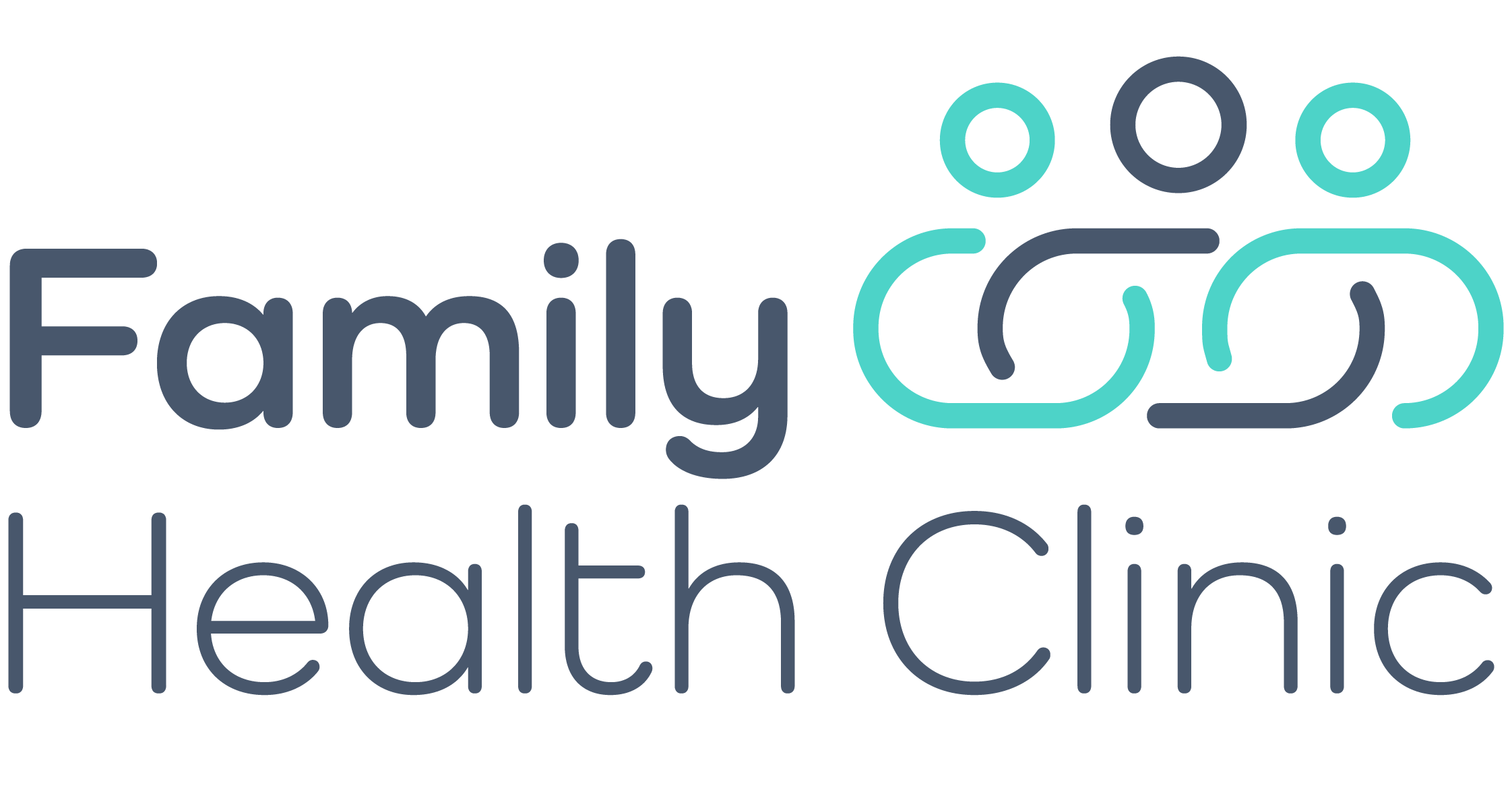Australia has one of the highest rates of skin cancer in the world due to the sun’s ultraviolet (UV) radiation, which is the primary cause of skin cancer. Melanoma is the third most commonly diagnosed cancer in Australia. UV damage also causes sunburn, tanning, premature ageing and eye damage.
What is skin cancer?
Skin cancer occurs when skin cells are damaged, for example, by overexposure to sun ultraviolet (UV) radiation.
There are three main types of skin cancer:
- basal cell carcinoma
- squamous cell carcinoma
- melanoma – the most dangerous form of skin cancer.
Skin cancer signs and symptoms
The sooner a skin cancer is identified and treated, the better your chance of avoiding surgery or, in the case of a serious melanoma or other skin cancer, potential disfigurement or even death. It is also a good idea to talk to your doctor about your level of risk and for advice on early detection.
Become familiar with the look of your skin, particularly spots and moles, so you can pick up any changes that might suggest skin cancer.
Look for:
- any crusty, non-healing sores
- small lumps that are red, pale or pearly in colour
- new spots, freckles or any moles changing in colour, thickness or shape over weeks to months.
Causes of Skin Cancer
Anyone can be at risk of developing skin cancer, though the risk increases as you get older. Most skin cancers in Australia are caused by exposure to UV radiation in sunlight. Some factors that increase your risk of skin cancer include:
- sunburn
- tanning
- Solarium
Diagnosis of skin cancer
You must check your skin regularly and check with your doctor if you notice any changes.
In most cases, your GP will examine you, paying attention to any spots that may look suspicious. Your GP may perform a biopsy (remove a small tissue sample for examination under a microscope). In some cases, your GP may refer you to a specialist, such as a dermatologist, if necessary.
Treatment for skin cancer
Skin cancers are almost always removed. In more advanced skin cancers, some of the surrounding tissue may also be removed to ensure that all cancerous cells have been removed. The most common treatment for skin cancer is surgery to remove the cancer (usually under a local anaesthetic). Common skin cancers can be treated with ointments or radiation therapy (radiotherapy). Skin cancer can also be removed with cryotherapy (using liquid nitrogen to rapidly freeze the cancer off), curettage (scraping) or cautery (burning).
For the best protection, use all five SunSmart steps:

1. Slip on covering clothing
Choose clothing covering as much skin as possible, such as collared shirts with long sleeves. Some clothing may carry an ultraviolet protection factor (UPF), which guarantees how much UV protection a fabric provides.
2. Slop on SPF 30 (or higher) broad-spectrum, water-resistant sunscreen
Apply a generous amount of sunscreen to clean, dry skin at least 20 minutes before you go outside. The average-sized adult will need a teaspoon of sunscreen for their head and neck, each limb and the front and back of the body. That’s about seven teaspoons (35mL) for a full-body application. Reapply sunscreen every two hours or after swimming or excessive sweating.
Remember, sunscreen is not a suit of armour and should be used with other sun protection measures.
3. Slap on a hat
Choose a broad-brimmed, legionnaire or bucket-style hat which shades your face, nose, neck and ears, which are common sites for skin cancers. Caps and visors do not provide enough protection.
4. Seek shade
Use trees or built-shade structures, or bring your own (such as a sunshade tent)! Shade reduces UV radiation but can still reach you via reflection, so make sure you use shade in combination with other sun protection measures.
5. Slide on some sunglasses
Sunglasses and a broad-brimmed hat worn together can reduce UV radiation exposure to the eyes by up to 98%. Sunglasses should be worn outside during daylight hours. Choose close-fitting wraparound sunglasses that meet the Australian Standard AS/NSZ 1067.



